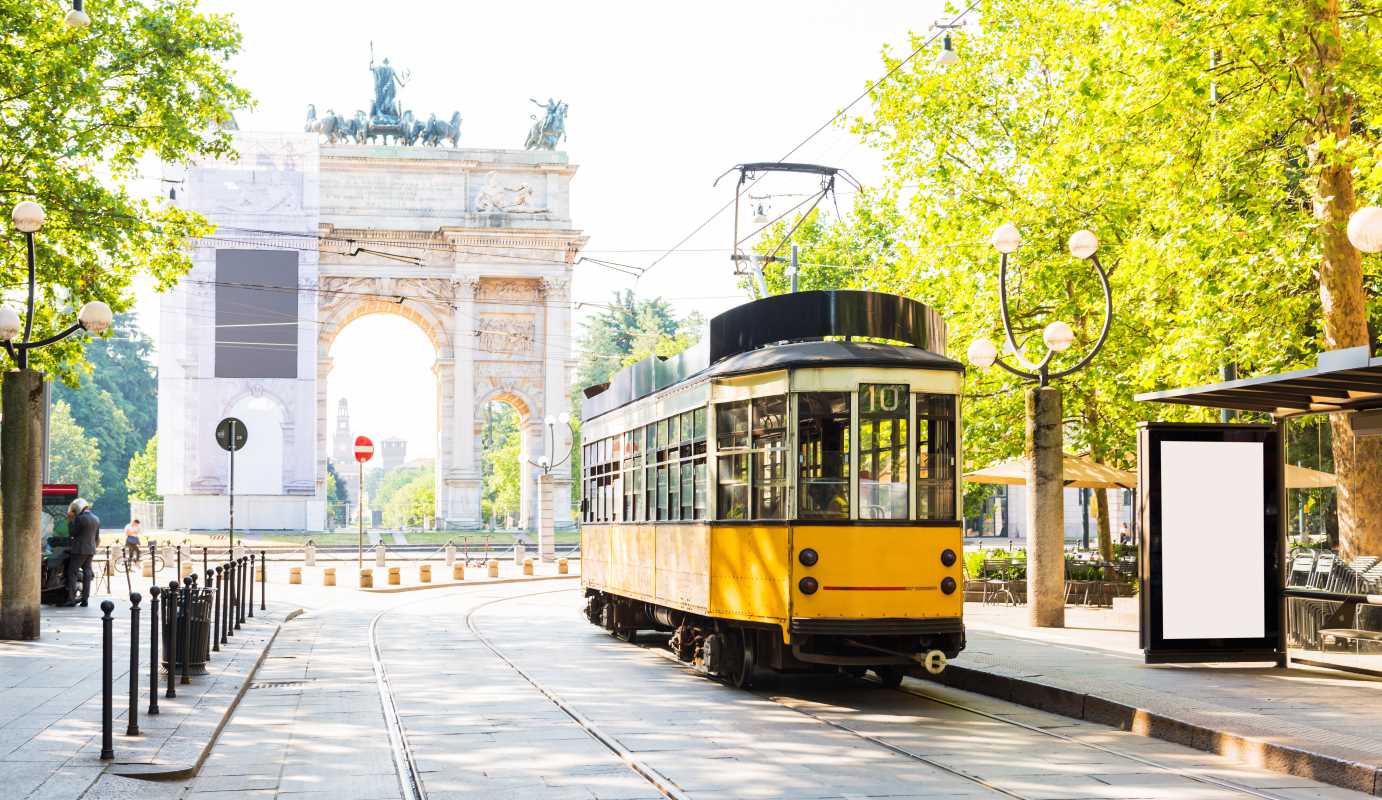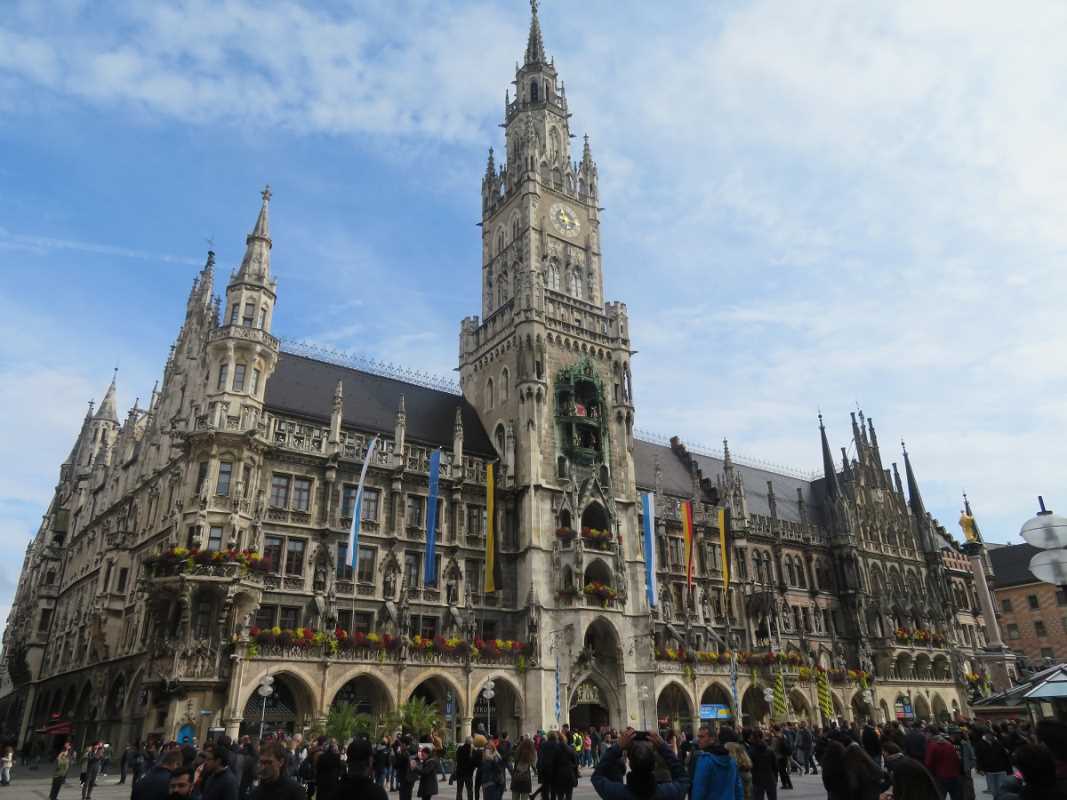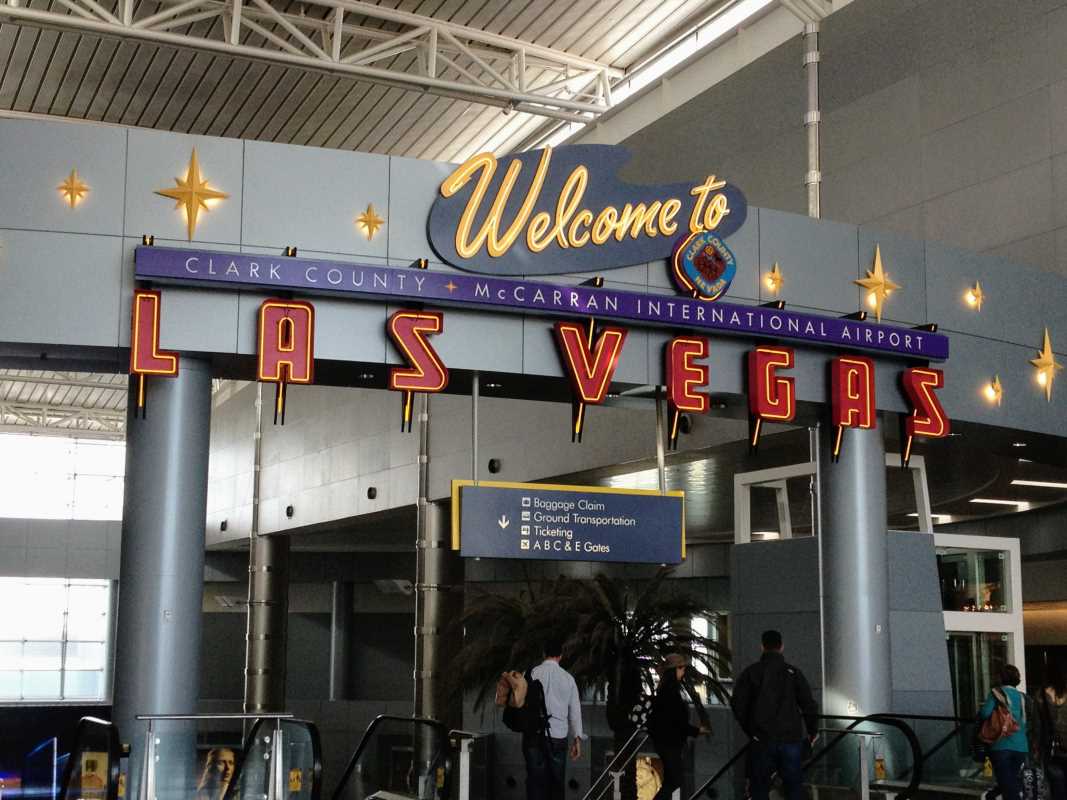Europe—beautiful cities, stunning landscapes, and, of course, the chance to ride the charming, ever-efficient public transportation systems that span the continent. But let’s be real: when you first step onto a bustling metro, tram, or train, it can feel like you’ve landed in a whole new world. Timetables, ticket machines, and the maze of routes might seem a little intimidating at first, but trust me, you can do this. With just a little preparation, you’ll navigate European public transport like a seasoned pro. Here's how to make sure you hop on the right train, catch the correct bus, and avoid awkwardly getting off at the wrong stop (we’ve all been there).
1. Understand the Types of Transport
First things first: Europe’s public transport isn’t one-size-fits-all. Different cities have different modes of transport, and knowing what they are and when to use them can save you time and confusion. Trains are ideal for longer journeys between cities (think: Paris to Brussels or Berlin to Prague), while trams and buses are your best friends for getting around within the city. And don’t forget about metros (subways)—these are perfect for avoiding the traffic in major urban centers like London, Rome, and Madrid.
So, before you even leave your hotel, familiarize yourself with the local transport options. A quick look at the transportation system map will give you a sense of how to get from point A to point B, and you’ll feel much more confident once you’re out in the wild world of public transit.
2. Get to Know the Ticketing System
One of the most confusing parts of navigating public transportation in Europe is figuring out the ticketing system. In some cities, you’ll need to buy a ticket before boarding, while in others, you can pay on the bus or tram. Many European cities also have contactless payment systems (thank goodness for those), so you can simply tap your card or phone on the reader.
However, be careful of one thing: in some cities, especially in places like Vienna or Munich, the ticket machines might seem straightforward, but you’ll need to validate your ticket before boarding. This means that after you buy your ticket, you need to stamp it at a validation machine before you hop on the metro or tram. If you forget, well, a hefty fine could be in your future, so stay alert!
3. Learn the Rules of the Road (or Rails)
Each European country has its own set of rules for public transport, and they don’t always match the ones we’re used to back home. You’ll need to board the train, tram, or bus at the correct door in most places. Sounds simple, right? But here’s the thing: sometimes the doors are clearly labeled, and sometimes… they’re not. For example, in Paris, metro doors often don’t open automatically, so you’ll need to press a button to get in. In other cities, like Amsterdam, you might be expected to board trams at specific stations or only in certain sections. Pay attention to signs, and always watch what the locals do—they’re usually experts at this.
Also, don’t forget the “keep right” rule on escalators! In busy cities like London and Paris, people stand on the right and walk on the left (if you're one of the "walkers," of course). In other countries, it might be reversed. Get in line with the locals, and you'll look like you know exactly what you're doing.
4. Have Your Change Ready
Now, this is a bit of a quirky one, but it’s so important. Not every European transport system will let you swipe your credit card without any fuss. In fact, some cities still prefer cash payments, and let me tell you, that can make buying tickets a little tricky. Make sure you have small change on hand, especially in places like Italy or Spain, where smaller transactions often require exact change. Some buses even have a "no change given" policy, so be prepared to fumble with coins if you don’t want to end up holding up the line.
5. Use Apps and Maps to Stay on Track
Thank goodness for technology, right? In many European cities, public transport apps are a godsend for tourists. From journey planners to real-time updates, these apps can help you navigate the maze of buses, trams, and trains with ease. Google Maps is also a reliable friend for getting directions, and some cities have dedicated apps like Citymapper or Moovit that provide step-by-step guidance. Make sure to download the right app before you start your journey—trust me, you’ll thank me when you’re breezing through a complicated route.
6. Don’t Be Afraid to Ask for Help
Okay, I know we all want to be independent travelers, but sometimes, even the most confident wanderer gets a little lost. If you’re unsure about a route, ticket, or stop, don’t be afraid to ask for help. European cities are filled with locals who are often more than happy to point you in the right direction, even if you only know a few words of the local language. In some cities like Berlin or Copenhagen, you’ll find that English is widely spoken, but even in places like Paris or Barcelona, most people will appreciate the effort if you try a few words in their language.
7. Watch Out for Peak Hours
Ah, the dreaded rush hour—every city has one, and it can be a little bit overwhelming, even for seasoned travelers. In Europe, rush hour usually occurs during the early morning and late afternoon, so try to avoid traveling during those times if you can. Buses, metros, and trams will be crowded, and there’s a good chance you’ll be standing, rather than sitting. If you don’t mind the chaos, embrace it! But if you’d rather enjoy a peaceful ride, plan your journey for off-peak hours. And if you’re traveling with luggage, it’s especially worth trying to avoid the rush.
8. Mind the Last Stop
Here’s the thing: if you’re traveling by train or metro, you’ll want to keep an eye on the route and be aware of when your stop is approaching. In some cities, like London or Paris, the metro system can be quite vast, and if you’re not paying attention, you might end up on the wrong line or heading in the opposite direction. Be sure to double-check your map or app, and don’t be shy about asking the conductor or fellow passengers if you’re unsure. And when in doubt, try not to get off at the very last stop, especially if the train continues to a less familiar area. Stay alert, and you’ll avoid making an unexpected detour.
9. Don’t Block the Doors
It sounds basic, but trust me, there’s nothing more frustrating for a local than tourists blocking the doors while trying to figure out their route. Whether you’re in a tram or a metro, be sure to step aside and allow people to get on and off quickly. In places like London, where there are a lot of commuters, blocking the doors will not only annoy people, but it could also slow down the whole system. So, find a good spot in the car or tram, out of the way of doorways, and let the flow of people move smoothly.
10. Know When to Get Off
Europe’s public transportation systems are usually punctual, but paying attention to the stops is still important. Ensure you know where your stop is, especially if you’re using a metro or bus system with multiple stations or routes. Keep an eye out for landmarks, signs, or even fellow passengers who might be getting off at your stop. Being prepared will save you from the embarrassment of having to get off at the next station and backtrack!







